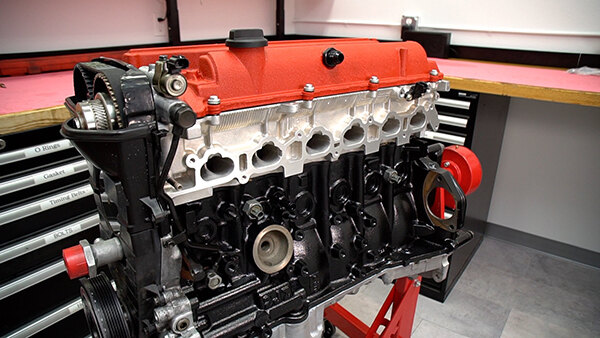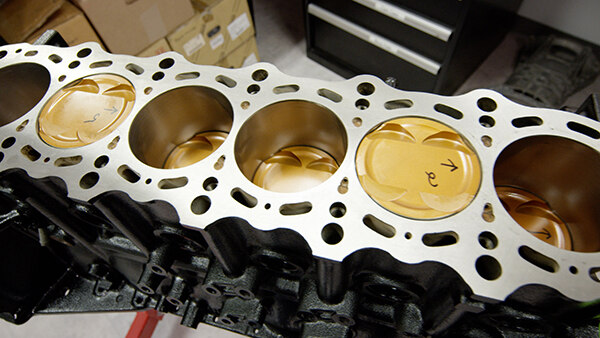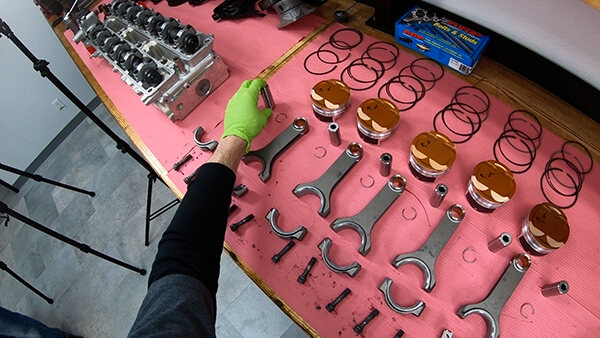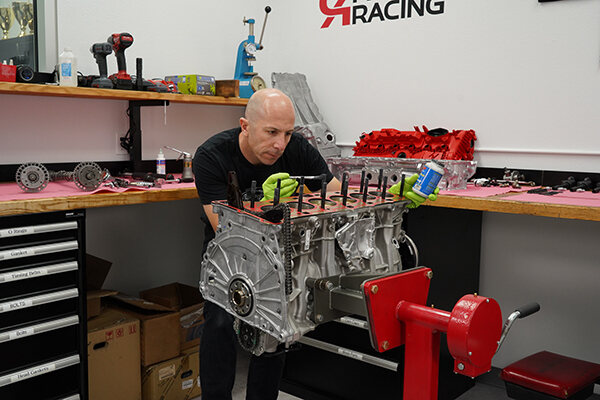When it comes to iconic import engines in the automotive world, few can match the reputation and cult following of Toyota’s 2JZ. Originally introduced in the early 1990s as part of the Toyota Supra’s fourth generation, this inline-six engine quickly became a legend thanks to its impressive power output, bulletproof reliability and potential for modification.
Related Articles
Over the years, the 2JZ has become a favorite of performance enthusiasts and tuners around the world, with many using it as the foundation for high-powered builds capable of pushing the limits of what’s possible on both the street and the track. In this article, we’ll take a closer look at the Toyota 2JZ engine, exploring its history, specs, strengths, and weaknesses to help you better understand why it remains such a beloved and respected powerplant.

Of course, one of the key reasons why the Toyota 2JZ engine is so heralded is its impressive power output. Originally rated at 276 horsepower and 318 lb.-ft. of torque in the U.S.-market’s Toyota Supra, the 2JZ was known for being able to deliver much more power than advertised with some basic modifications. Its solid iron block and forged internals, combined with a sturdy cast aluminum cylinder head, allowed for plenty of headroom when it came to upgrading the engine’s components and boosting its output.
In addition to its potential for making big power, the 2JZ engine has also gained a reputation for being incredibly reliable. Toyota’s meticulous engineering and attention to detail meant the 2JZ was designed to withstand high levels of stress and abuse, even when pushed to its limits. As a result, many 2JZ-powered cars have been known to rack up hundreds of thousands of miles with few mechanical issues, making it a popular choice for daily drivers as well as high-performance machines.
Those advanced modifications are ultimately worth it and arguably stand as the 2JZ’s best quality. Thanks to a large aftermarket support network and an abundance of knowledge about how to extract more power from the engine, the 2JZ has become a favorite of tuners, engine builders and performance enthusiasts around the world. With upgrades ranging from simple bolt-ons to full engine swaps and custom-built turbo setups, the 2JZ offers nearly limitless potential for customization and performance gains.

Many of the big names in motorsports have built and used the 2JZ in their own racing machines, proving that the engine platform can be competitive in various formats.
“Although the engine itself is a bit heavy compared to a modern all-aluminum engine, it’s a great foundation,” says Stephan Papadakis of Papadakis Racing. “They’re straightforward with a bore and a hone because the iron block and aluminum heads are simple to work on. It’s got the dual overhead cam and it’s a straight-cam over bucket, there’s a lot to like overall.”
Papadakis has earned legendary status in the sport-compact racing world and has dedicated his career to being at the forefront of the aftermarket industry. His victorious race cars challenge conventional thinking and set industry trends.

The 2JZ lends itself as a formidable drift engine thanks to its VVT-i system (Variable Valve Timing – intelligent), which allows for the smooth change of valve timing according to engine operating conditions. This is achieved by rotating the intake camshaft relative to the drive pulley in the range of 40°-60° (crankshaft rotation angle).
“For drift specifically, we’re looking for a broad power band that’s not super peaky,” Papdakis told us. “You want some good torque and power available even at low rpm. If you stay in the throttle, you don’t want to just sit at the limiter. We like the peak power to drop off maybe 1,000-1,500 rpm before where we would have the limiter set, so when you’re going through a turn and the grip starts increasing, you can get that higher torque and power engaged quicker to keep the tires spinning.”
The broad power band and constant running of drift engines means that a competition engine could be sitting at 8,000-8,500 rpm for a few seconds in a long turn.
“That can be really hard for an engine around the 1,000-horsepower level, which is where most Formula Drift cars are,” Papdakis says. “The 2JZ in particular is known to put a lot of temperature in the oil, so it’s common to use a lot of oil cooling in 2JZ builds.”

Again, it all comes back to the 2JZ engine platform being extremely reliable, durable and easy to build power from in its stock form. A 2JZ build Papadakis completed a few years back as a shop project is a prime example of this.
“The factory forged crankshaft is very strong and can easily handle 1,000 horsepower,” he says. “Even with very little modifications – just putting a forged piston and machined rods in there, you’ll get the short block to a high level of strength.”
The pistons have a thermal barrier top coating, a skirt side coating and a super buff tool steel wrist pin with a thick wall to support high horsepower. The engine also features a Supertech Performance valvetrain and a Port Flow Design ported cylinder head.
The seemingly simplistic engine was built for Jhonnattan Castro, a Dominican Formula Drift racer who campaigned a competition built Toyota GT86. A small single turbo rounded out the build.
The 2JZ will most likely retain its high commendation in the street, racing and drifting worlds for sometime, but it’s already beginning to be slowly phased out by the BMW B58 engine, which now comes standard in newer model year Toyota Supras. Papdakis’ main 2020 GR Supra piloted by Fredric Aasbo features a B58 engine that the team built back in 2020 to the tune of around 1,000 horsepower. EB


